Mixing is the secret sauce in the music production process, transforming basic tracks into epic anthems.
It’s all about that magic touch; knowing when exactly to boost, when to cut, and when to let a track breathe for added impact.
But it’s not just pushing faders 一 it’s about creating emotion, depth, and intrigue that hooks your listeners from the first note to the last.
As a music producer, knowing the most creative, innovative mixing tips is your ticket to making tracks that sound not just professional, but unforgettable.
And, as you know, that’s what really counts.
So, in today’s article, we’ll break down:
- Creating the perfect foundation for your mix ✓
- EQ secrets for crystal-clear tracks ✓
- Compression techniques that add punch ✓
- Bass and kick drum synergy ✓
- Making vocals stand out ✓
- Depth tricks with reverb and delay ✓
- Professional tips throughout ✓
- Taking advantage of reference tracks (reference mixes) ✓
- Fine-tuning for that professional edge ✓
- The best 16 mixing tips in the game ✓
With these mixing tips you’ll be able to take your mixes from the bedroom to the billboards.
You’ll learn how to blend sounds seamlessly, add depth and emotion that resonates, and polish your tracks until they shine.
Remember, it’s all about elevating your music, captivating your audience, and mixing with confidence.
So, let’s dive in…
Table of Contents
- The Basics of Mixing: Breaking it Down
- 16 Mixing Tips for Flawless Mixes
- Tip 1: Start with High-Quality Recordings
- Tip 2: Use EQ to Create Space
- Tip 3: Apply Compression Wisely
- Tip 4: Balance the Low-End Properly
- Tip 5: Achieving Vocal Clarity
- Tip 6: Use Reverb and Delay Creatively
- Tip 7: Reference Tracks Are a Great Resource
- Tip 8: Monitor at Low Levels
- Tip 9: Pan for Width and Depth
- Tip 10: The Power of Automation
- Tip 11: Avoid Too Much Processing For Better Mixes
- Tip 12: Pay Attention to the Midrange
- Tip 13: Sidechain Compression for Groove
- Tip 14: Keep Your Mixes Dynamic
- Tip 15: Fine-Tune with EQ and Compression
- Tip 16: Take a Break & Come Back to It (For a Fresh Perspective)
- Mixing Tips: Final Thoughts
The Basics of Mixing: Breaking it Down
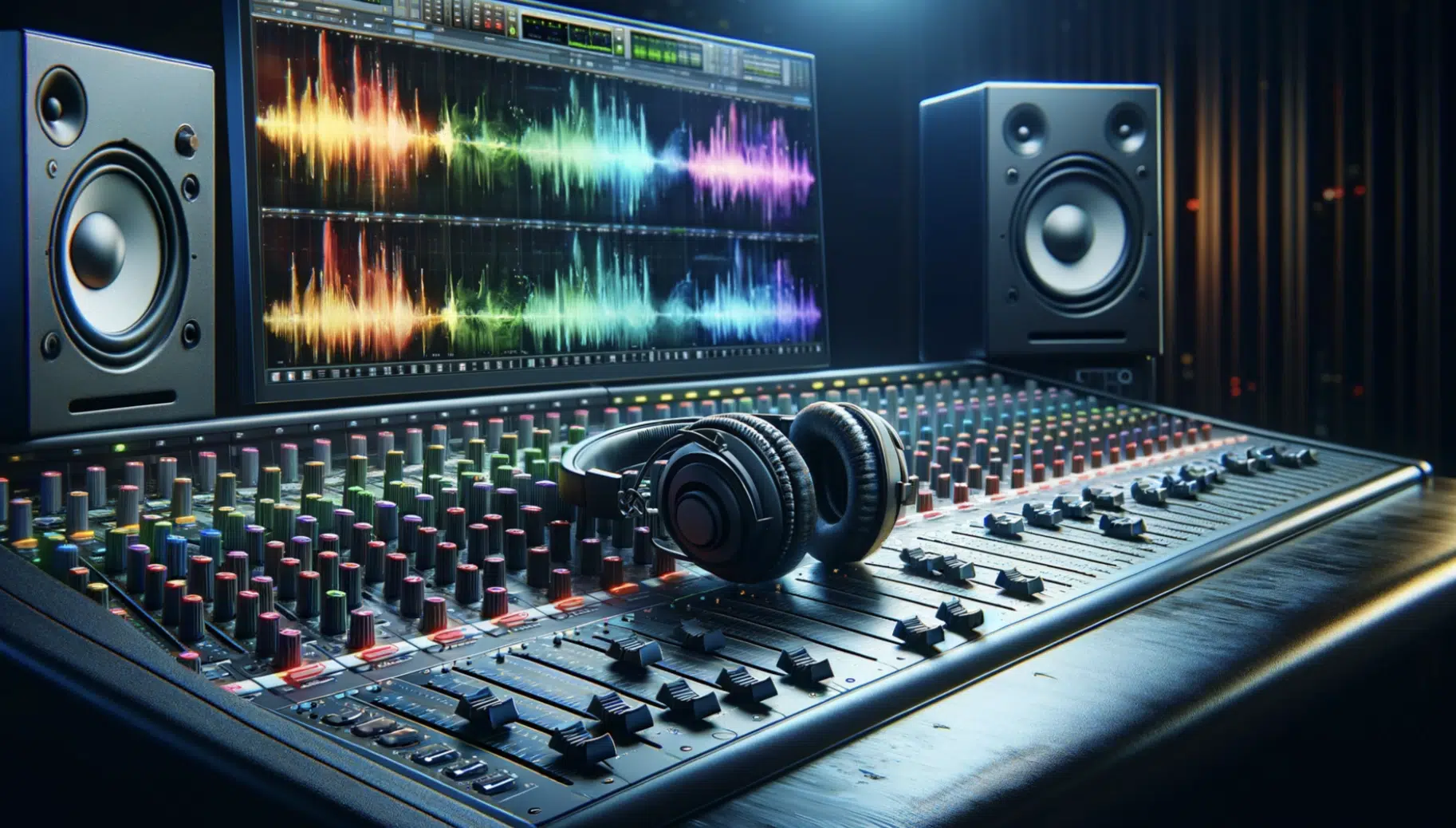
Mixing is the process of combining multiple layers of audio to create a cohesive and professional-sounding final track.
The mixing process includes:
- Adjusting levels, EQ (equalization)
- Applying effects like reverb and delay
- Using compression to control dynamics
The goal as producers is to achieve clarity and balance, where every part of the song fits together perfectly.
For instance: using EQ to cut the low frequencies from a guitar can prevent it from clashing with the bass.
Compression can be applied to vocals to ensure they remain consistent in volume throughout the track.
Panning instruments to the left or right can create a wider, more immersive soundstage.
By mastering these basic mixing techniques, you set the foundation for more advanced mixing strategies that can elevate your skills and appeal of your tracks.
The difference between amateur and professional-sounding mixes often comes down to quality and finishing touches.
A well-mixed song will sound good on any system, from a car stereo to high-end headphones and every single sound source in between .
It’s not just about making each element audible 一 it’s about making the whole track come alive and feel cohesive from start to finish.
That’s why understanding the basics of mixing is essential for all music producers (and mix engineers) who want to make a lasting impression in the industry.
16 Mixing Tips for Flawless Mixes
Now that we covered the basics of mixing, let’s dive into the fun stuff: creative mixing tips. Mixing is one thing; mastering the mixing process like a professional is another story. With the following mixing tips will help your tracks stand up to the greats and blow your competition out of the water.
-
Tip 1: Start with High-Quality Recordings
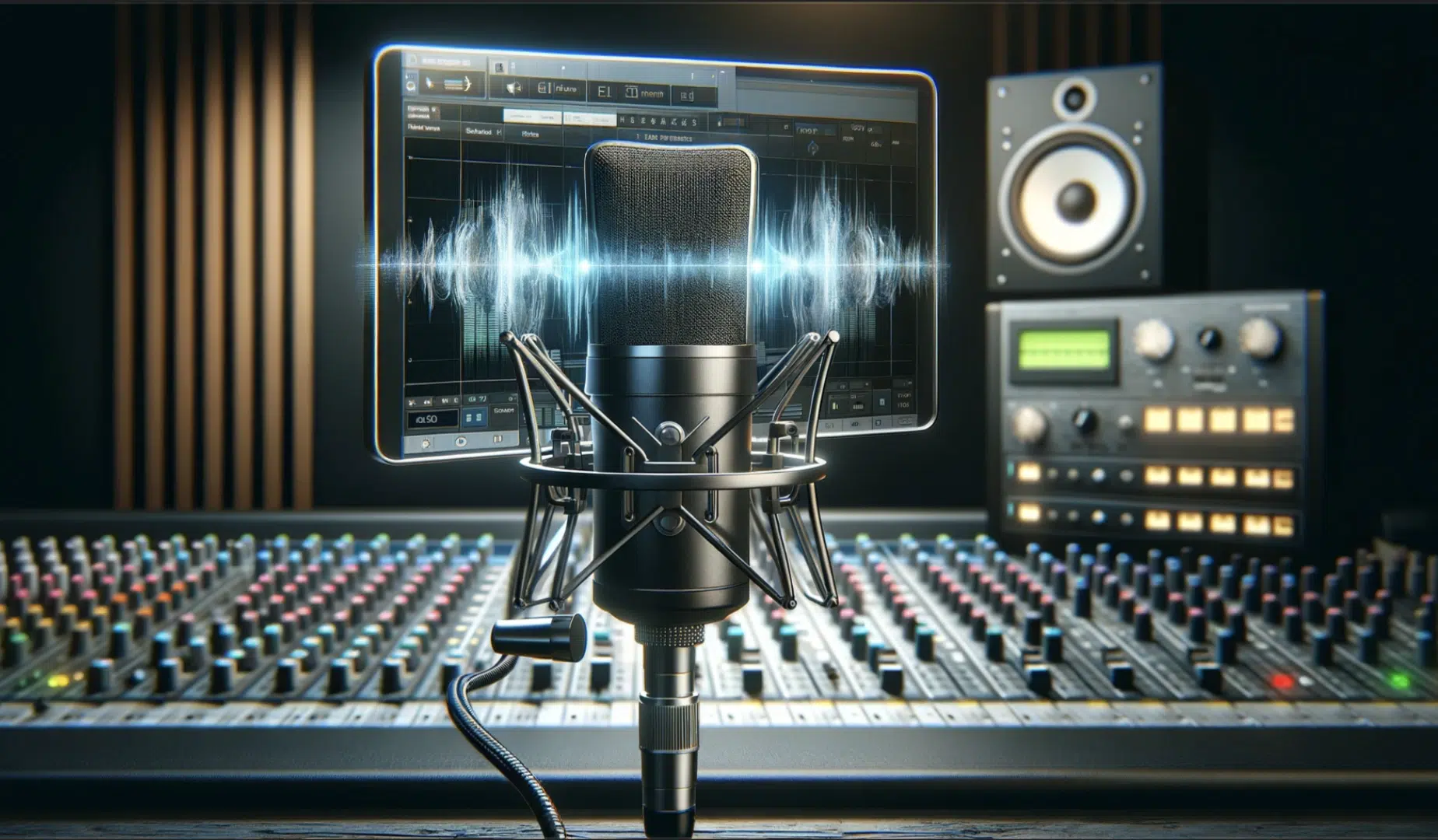
The quality of your mix heavily depends on the quality of your recordings, so make sure you’re capturing the best possible sound right from the start.
This means, that when you’re recording, you should be using the right:
- Microphones
- Preamps
- Recording environment
For example, a vocal track recorded with a high-quality condenser mic in a well-treated room will be clearer and easier to mix.
Poor recordings can lead to issues like noise and distortion, which are hard to fix later.
Investing our time and effort into capturing a clean, dynamic recording will always pay off in the mixing stage.
It applies to every element in your track, from vocals to instruments 一 high-quality recordings give you a solid foundation to build upon.
-
Tip 2: Use EQ to Create Space
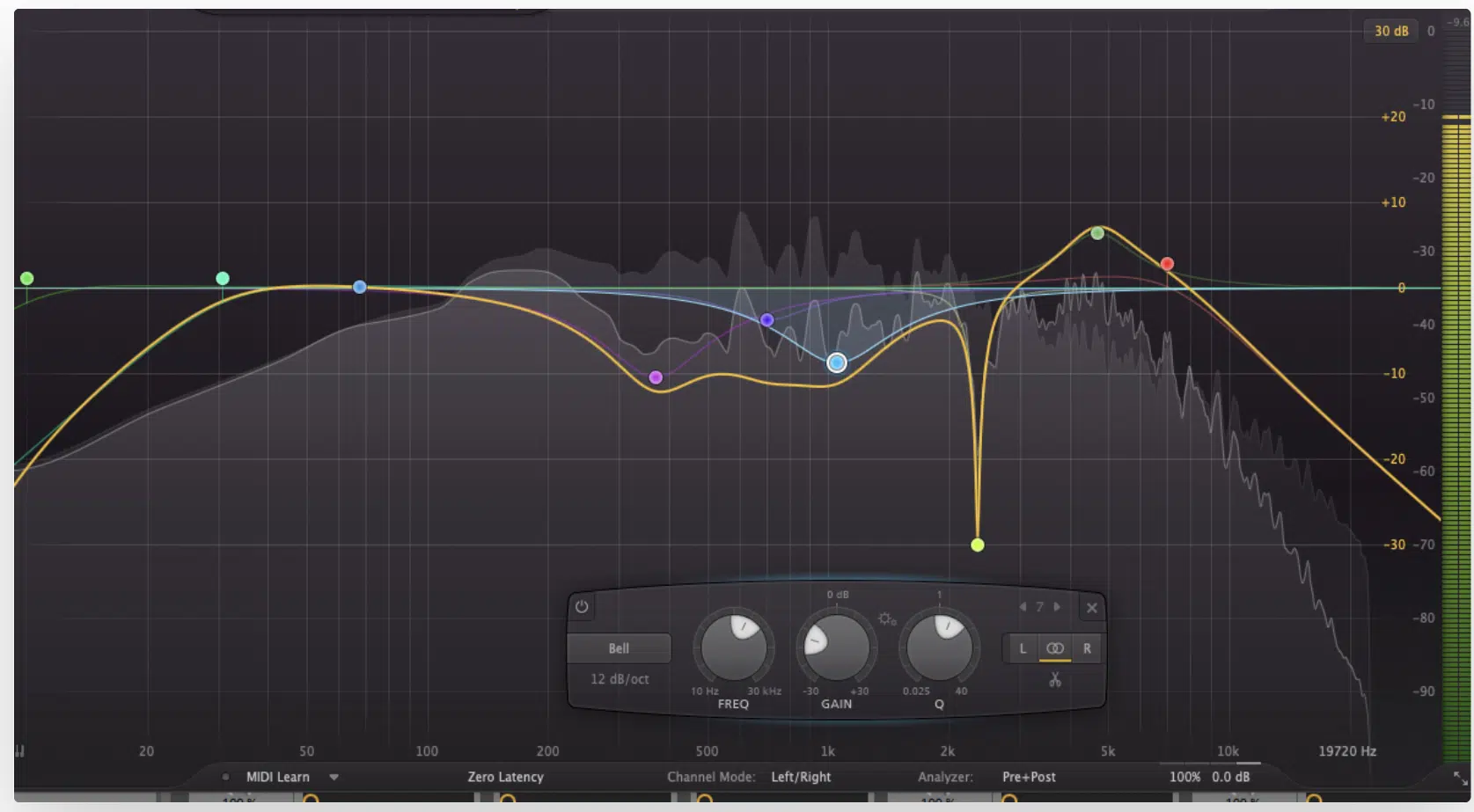
EQ is a powerful mixing tool that allows you to sculpt and define the frequency spectrum of your track.
You should use EQ to carve out a specific space for each instrument to ensure that they don’t compete for the same frequencies.
For instance, you might cut some of the bass frequencies from a rhythm guitar to allow the bass guitar to stand out more.
This music production technique helps to prevent frequency clashes 一 making the mix clearer and each instrument more distinct.
Boosting the high frequencies on a vocal track slightly can help it to cut through the mix without increasing its overall volume.
Similarly, cutting low frequencies from instruments that don’t need them can clean up the mix, reducing muddiness.
Effective EQing (EQ curves) is about balance, clarity, and ensuring each part of your track can be heard distinctly.
As music producers, it’s not just about making things louder, but rather making them fit together better so you can master your mix.
-
Tip 3: Apply Compression Wisely
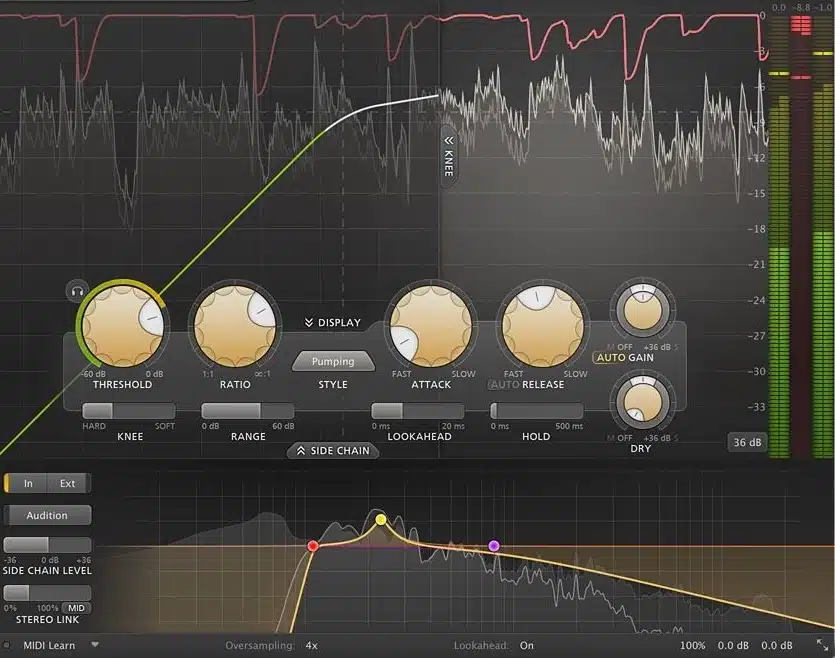
Compression is essential for managing dynamics in your mix.
It can make quiet sounds louder and loud sounds quieter, creating a more cohesive, fluid, and desirable sound.
However, overusing compression is a huge mixing mistake that can suck the life out of your music, making it sound flat and lifeless.
A good rule of thumb is to use compression to even out performances gently, especially for vocals and bass.
For example, a vocal track with carefully set compression can remain clear and consistent in volume 一 standing out in the mix without overshadowing other elements.
Similarly, applying compression to a bass track can help maintain a solid foundation, ensuring it supports the rest of your mix effectively.
Remember, the goal of compression is to enhance the whole mix, not to make everything as loud as possible.
Use it to control dynamics, not eliminate them!
-
Tip 4: Balance the Low-End Properly
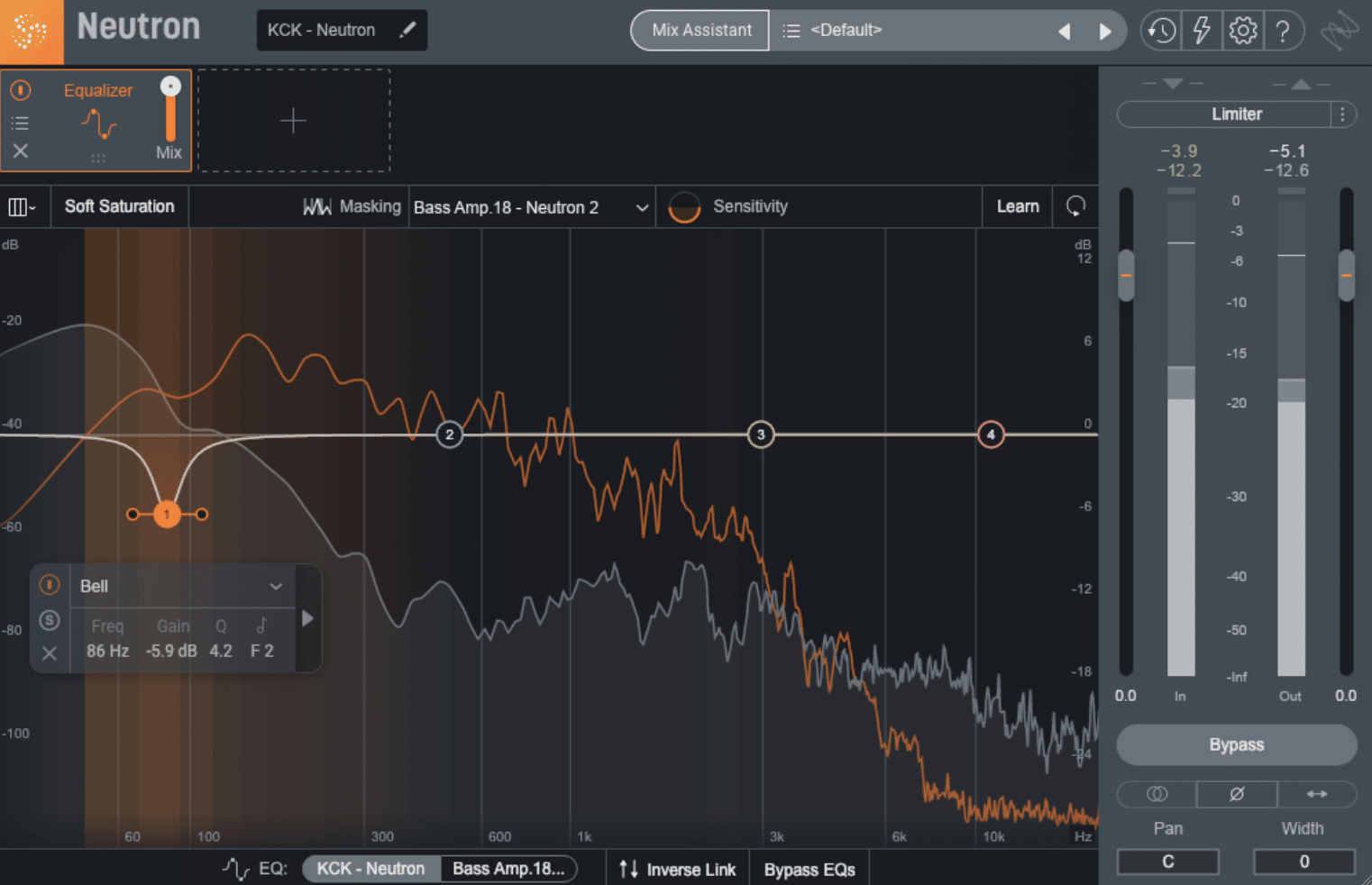
The low-end (which some people call the bottom end), consisting of bass and kick drums, is the foundation of your track.
Getting the balance right between these elements is crucial for a mix that feels full and powerful.
A common music production technique is to slightly cut the frequency of the bass that overlaps with the kick drums fundamental frequency.
This can help both elements to coexist without muddying the mix.
Sometimes, sidechain compression on the bass, triggered by the kick drum, can create a pumping effect that adds rhythm and clarity.
As producers, your low-end is not too boomy or too thin requires careful EQ and compression.
A well-balanced low-end can help you add warmth and drive 一 making your own sound professional and cohesive with those finishing touches.
It’s the backbone that supports all other elements to help make them pop and your music production skills shine.
-
Tip 5: Achieving Vocal Clarity
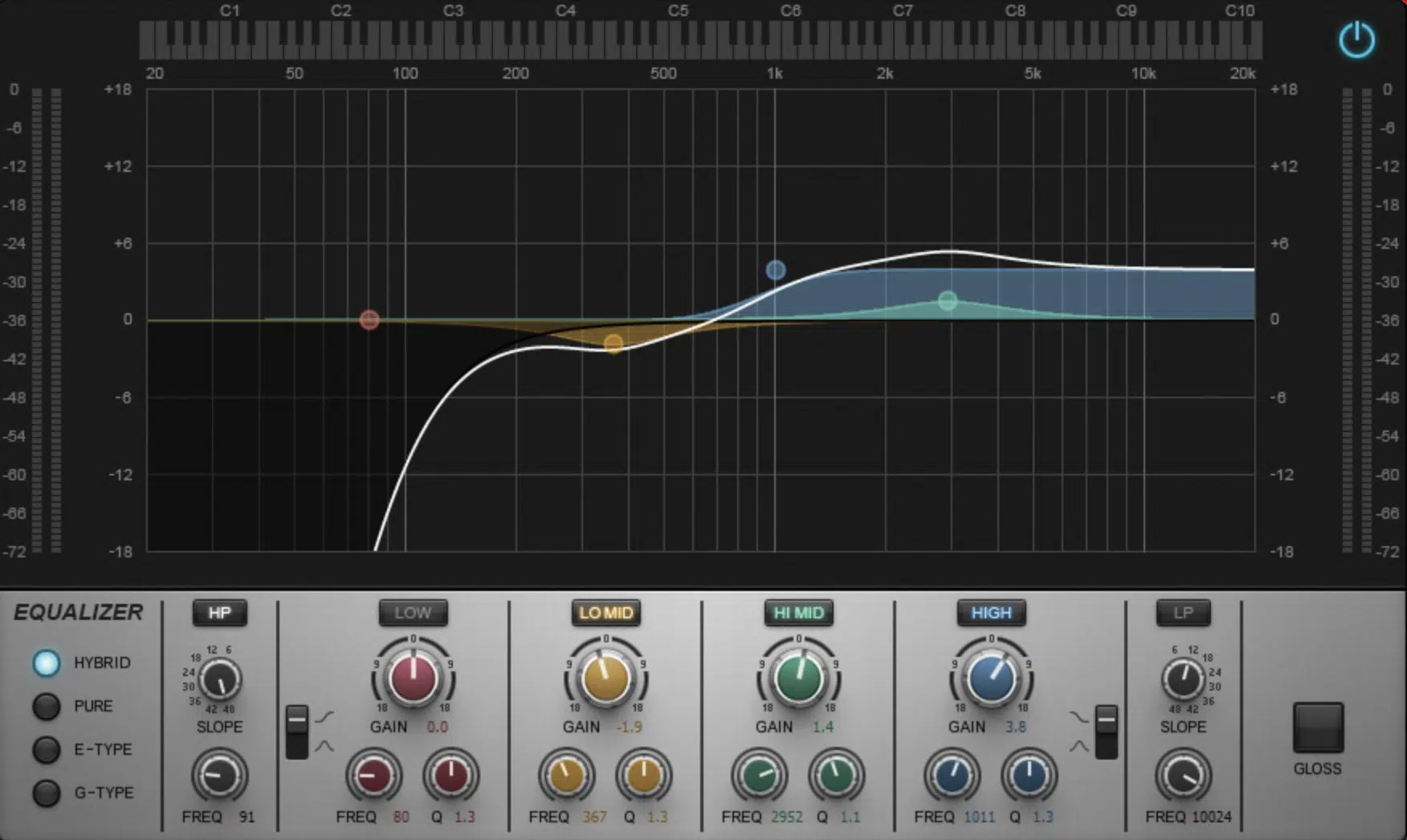
Vocal clarity is key for capturing people’s attention, getting them to stop and listen to your song.
The lead vocals should be front and center, clear and present, without overpowering the mix, which might take a while to master.
Using EQ to gently boost the presence frequencies (around the 2kHz to 6kHz point) can help your vocals cut through.
Additionally, applying a high-pass filter can remove unnecessary low-end frequencies that might muddy the lead vocal sound.
Compression is also key for vocals, as it ensures the recording performance remains consistent in volume 一 allowing every word to be heard clearly.
De-essing is another important step to smooth out harsh sibilant sounds (like “s” and “t” sounds) that can be piercing at high volumes.
Techniques like layering background vocals at lower volumes and panning them can add warmth, depth and richness to your main vocals.
Remember, the goal is to make the vocals feel integrated into the mix, not separated from it which makes it distant and uncohesive.
-
Tip 6: Use Reverb and Delay Creatively

Reverb and delay are two key music production elements that can add dimension and space to your mix to make it feel larger/more alive.
However, it’s easy to overdo it and end up with a mix that’s too wet and loses clarity.
Remember to use reverb sparingly to create a sense of own space around instruments and vocals.
And, always choose the type and amount of reverb that fits the mood of your track perfectly when you listen back.
For example:
- A small room reverb 一 Might be perfect for adding subtle depth to a vocal.
- A larger hall reverb 一 Can enhance the dramatic impact of a snare drums.
Delay can be used to add rhythmic interest or to thicken vocals and lead instruments.
A good example would be a slap-back delay on a guitar to give it a classic ‘rockabilly’ vibe if that’s your thing.
Automating the amount of reverb and delay in different sections of your song can also help in creating dynamic shifts and maintaining listener interest.
-
Tip 7: Reference Tracks Are a Great Resource
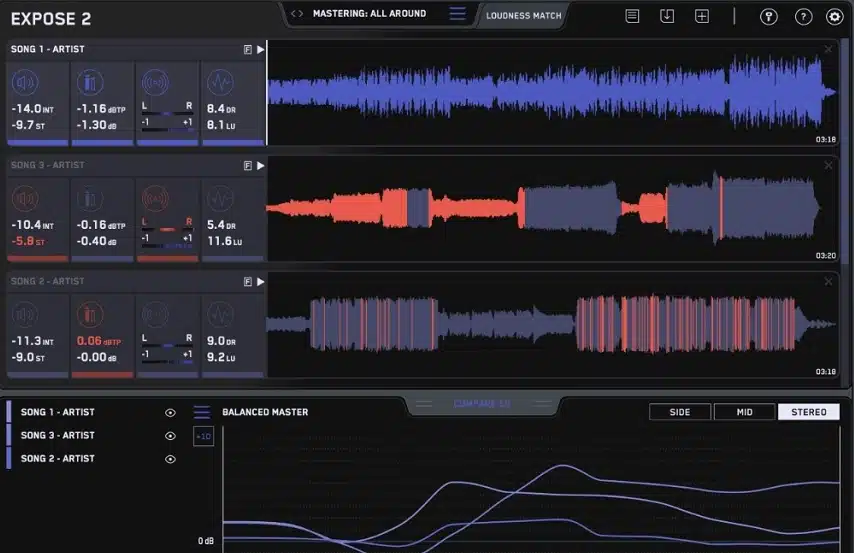
Comparing your mix to professional tracks in a similar genre (in your DAW, like Ableton Live) can provide valuable insights into how to balance your whole mix.
Reference tracks, also known as reference mixes in this case, can help you gauge the right levels for bass, drums, vocals, and other elements in your mix.
Reference tracks can also offer clues about:
- EQ settings
- Reverb amounts
- Stereo width
- Etc.
For instance, if your reference track has a clear, punchy bass, you might want to adjust your bass track to achieve a similar sound, if that’s what you’re going for.
Be sure to listen to reference tracks on the same monitoring system you use for mixing, to ensure a consistent point of comparison.
Remember, the goal is not to copy but to use these reference tracks as blueprints for quality and clarity in your own mixes.
-
Tip 8: Monitor at Low Levels
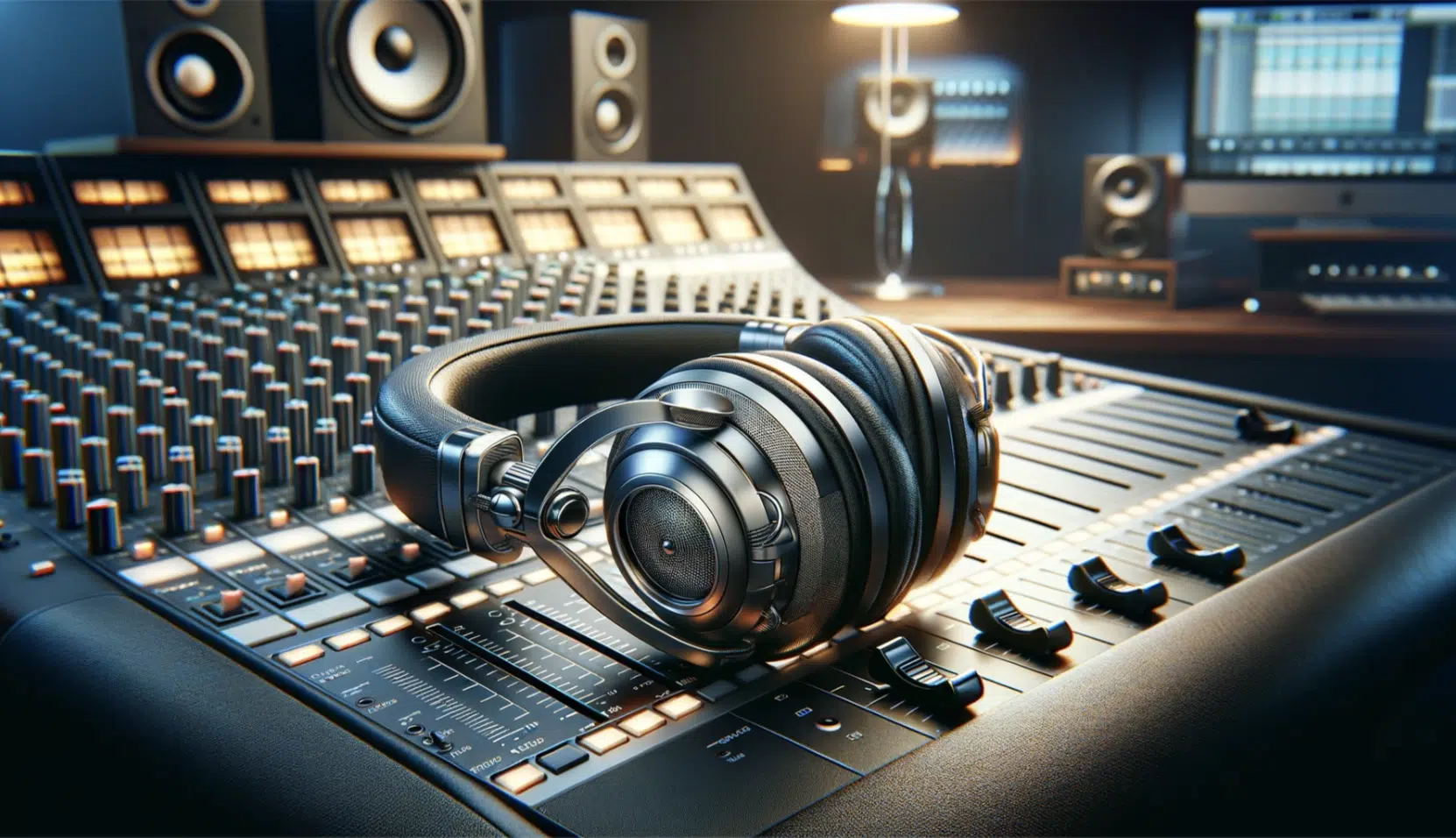
Mixing at low volumes can reveal balance and EQ issues that might be masked at higher volumes.
At lower levels, your ears are more sensitive to picking up discrepancies in the mix, which allows you to make more precise adjustments.
This music-production-must also helps prevent ear fatigue 一 enabling you to mix for longer periods with greater accuracy.
For example, if an instrument disappears from the mix at low volumes, it may need an EQ adjustment to stand out more clearly.
Monitoring at low levels also simulates how listeners might hear your music in a non-ideal environment.
It helps to ensure that your mix translates well across different listening scenarios.
Remember, a great mix should have a professional sound at both low and high volumes.
-
Tip 9: Pan for Width and Depth
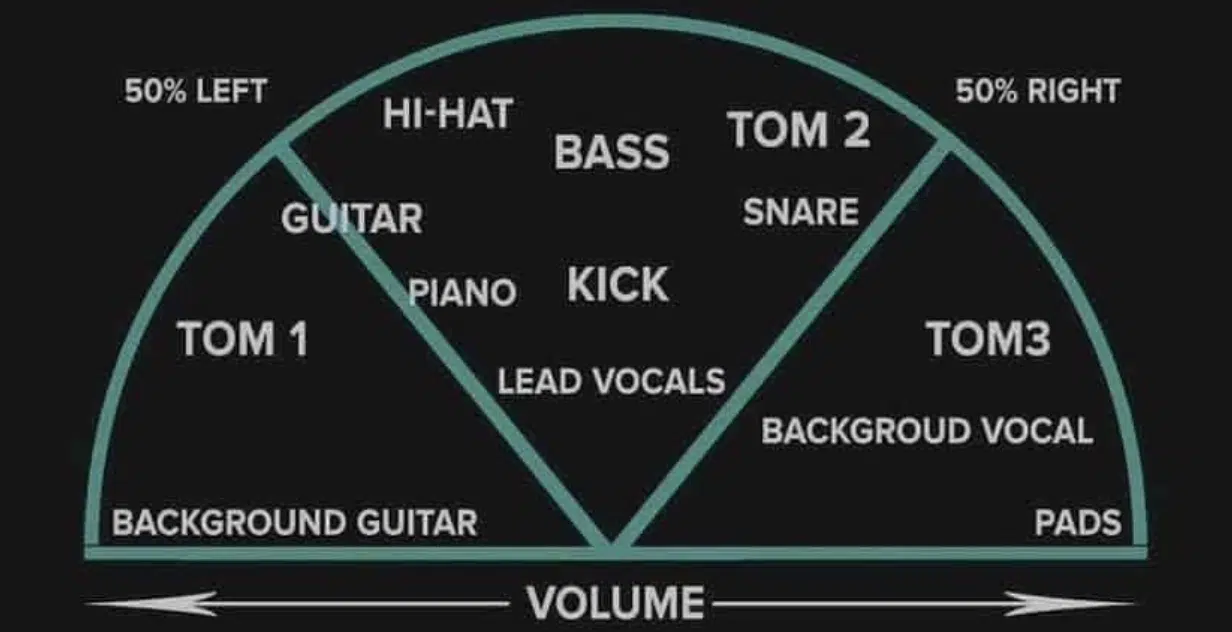
Strategic panning can greatly enhance the sense of width and depth in your mix, making it feel more spacious and alive.
Instead of having all instruments centered, spread them across the stereo field.
For example, try panning rhythm guitars slightly to one side and keyboards to the other, creating a balanced, enveloping sound.
This technique also helps in separating instruments that might be competing for the same frequency range 一 giving each its own distinct place.
Be mindful not to pan too extremely, as this can cause issues in mono playback.
Subtle moves can be very effective, like panning background vocals just off-center to complement the lead vocal in the middle (yes, the lead vocal should always be in the middle).
Remember, the goal is to create a mix that’s immersive and engaging, drawing the listener into the music.
-
Tip 10: The Power of Automation
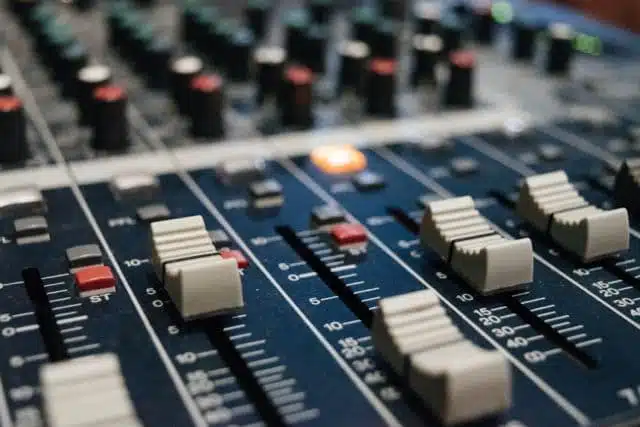
Automation is a powerful tool when it comes to mixing tips, allowing you to dynamically change levels, effects parameters, and panning throughout a track.
It can bring life to a mix 一 making it breathe and evolve over time.
For instance, automating the volume of a guitar solo to gradually increase can make it stand out in the mix without overpowering the rest of the track.
You can also automate effects like reverb or delay to be more prominent in certain sections for dramatic effect.
Automation ensures that every moment in your song has the powerful impact and emphasis it deserves.
It’s about guiding the listener’s attention and enhancing the musical journey (you always want people super engaged).
-
Tip 11: Avoid Too Much Processing For Better Mixes
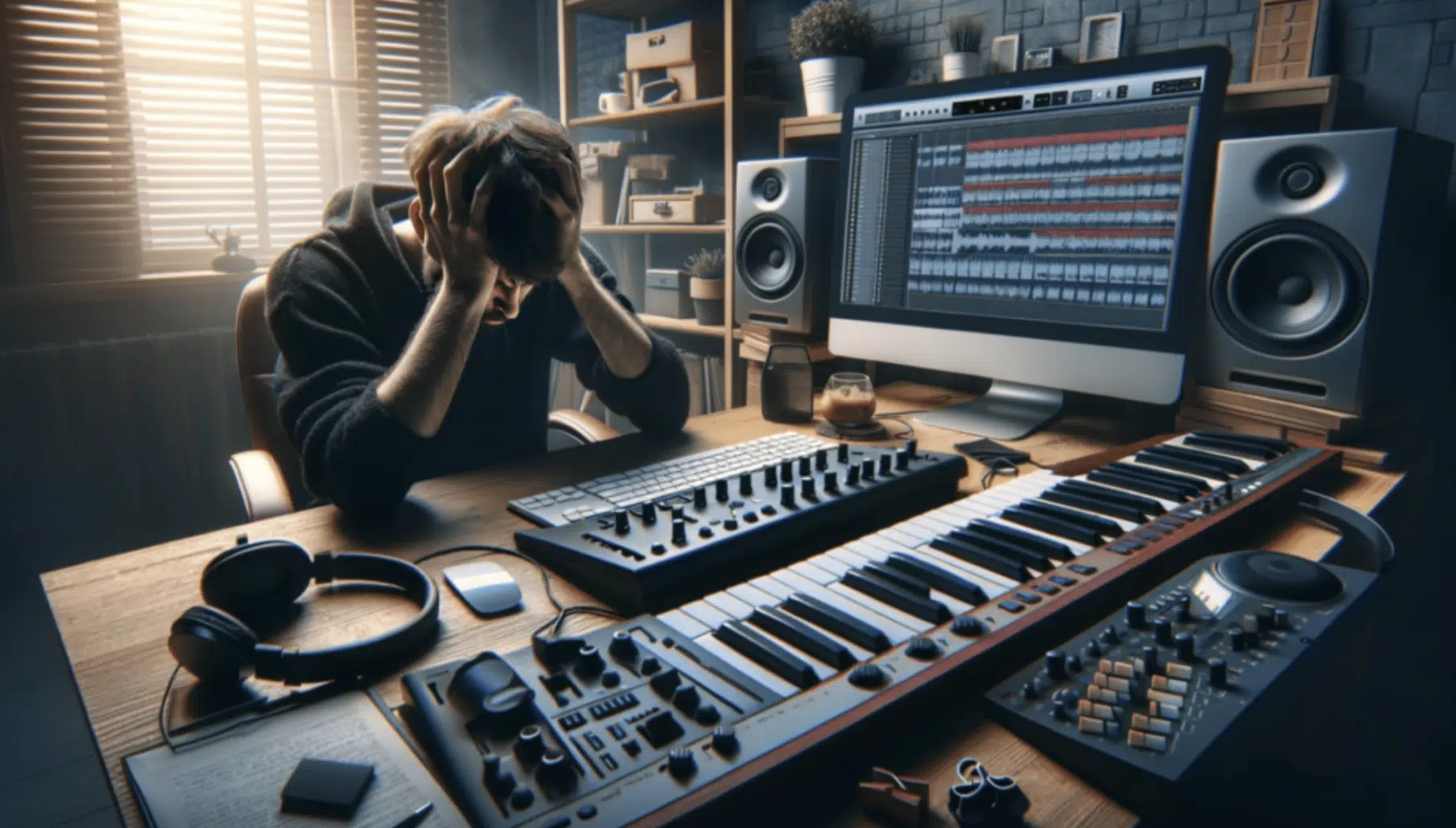
While plugins and effects can enhance your mix, using too much processing on top of processing can lead to a cluttered and lifeless sound.
So, it’s essential to avoid excessive processing when you’re mixing music and focus on what benefits the song most.
For example, not every individual track needs reverb; sometimes, a dry sound can be more impactful.
Similarly, excessive EQ can strip away the natural character of an instrument.
If you find yourself adding multiple plugins to fix a sound, it might be better to revisit the source recording.
Remember, the best mixes often have a sense of space and clarity, achieved by careful choice and application of effects, not by quantity alone.
-
Tip 12: Pay Attention to the Midrange
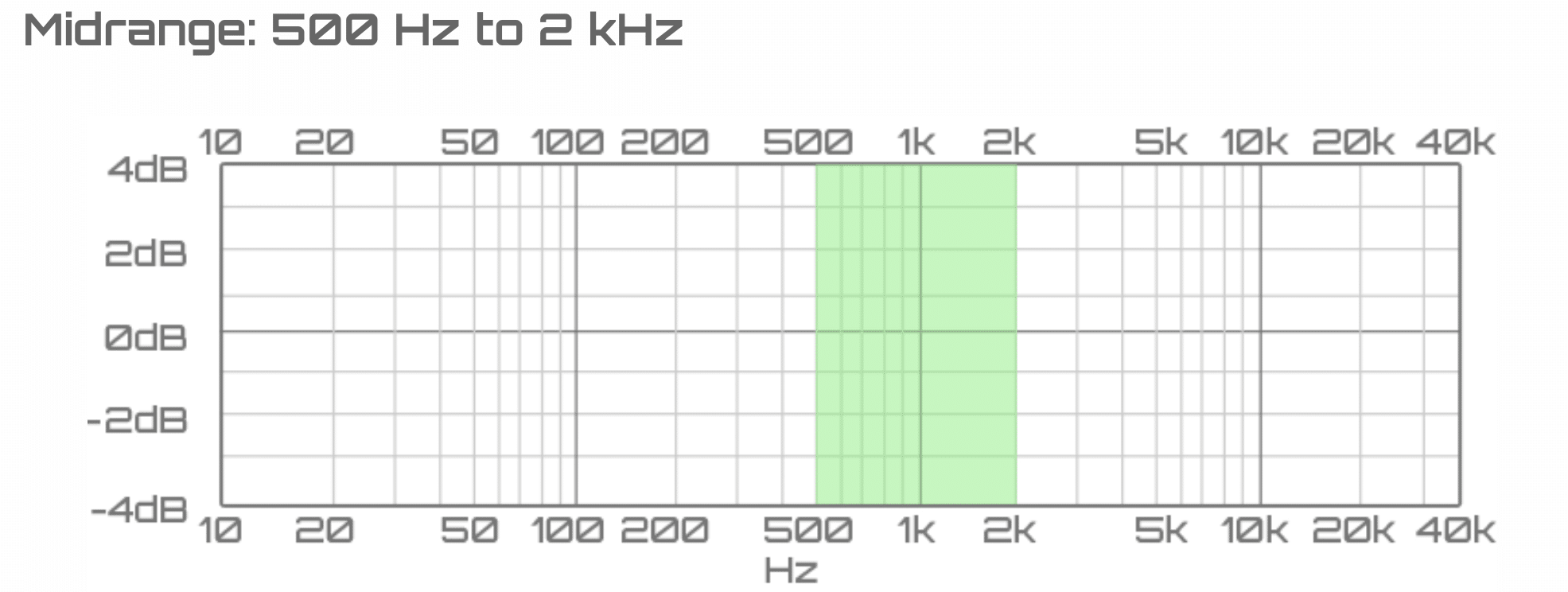
The midrange is crowded with vocals, guitars, keyboards, and more, making it a critical frequency range to manage in your mix.
Clarity in the midrange is essential for a mix that sounds full and detailed.
Carving out space in the midrange can prevent instruments from stepping on each other’s key frequencies.
For instance, slightly cutting the mid frequencies of a rhythm guitar can make room for the vocals to shine through.
NOTE: Be cautious with boosts in this range, as they can quickly lead to a rough mix that sounds harsh. Instead, focus on mixing tips like subtractive EQ to clean up the midrange to ensure a balanced and pleasant listening experience.
-
Tip 13: Sidechain Compression for Groove
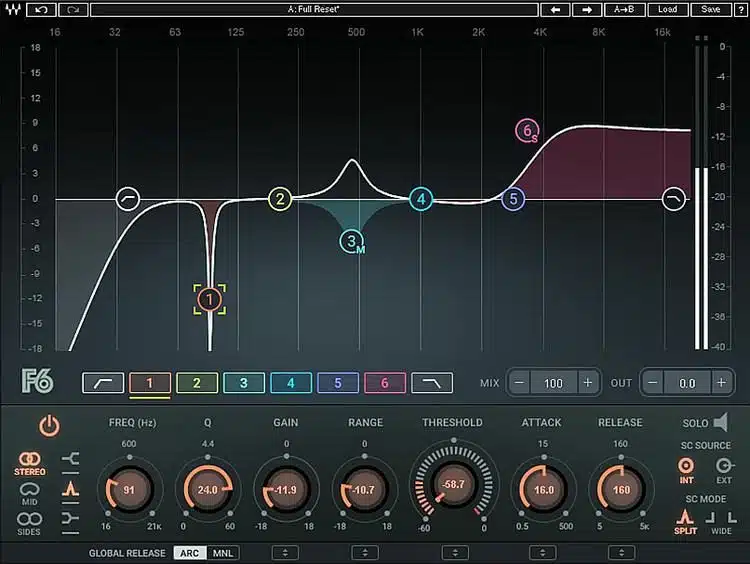
Sidechain compression is a technique where the compressor on one track is triggered by another track, commonly used to create a pumping effect in electronic music.
However, it can be applied creatively across genres to enhance the groove.
For example, mixing tips like sidechaining the bass to the kick drum will ensure that every time the kick hits, the bass volume dips slightly.
The kick drums will stand out and add a rhythmic bounce to the track.
This technique can also be used subtly on pads and synths to create movement and interest, making the mix more dynamic.
Sidechain compression is about using dynamics creatively to serve the rhythm and energy of your music.
-
Tip 14: Keep Your Mixes Dynamic

Preserving the dynamics in your mix ensures that it retains its energy and emotion.
I know it might be a little hard, but please avoid the temptation to make everything loud, it will just lead to a mix that’s tiring to listen to, trust me.
Dynamic contrasts between verse and chorus is a good example, making the chorus more impactful.
Use automation rather than compression to manage volume changes across the track.
This approach maintains the integrity of your music’s dynamics, keeping listeners engaged from start to finish.
A dynamic mix breathes, moves, and evolves 一 capturing the essence of your high-end track as you intended.
-
Tip 15: Fine-Tune with EQ and Compression
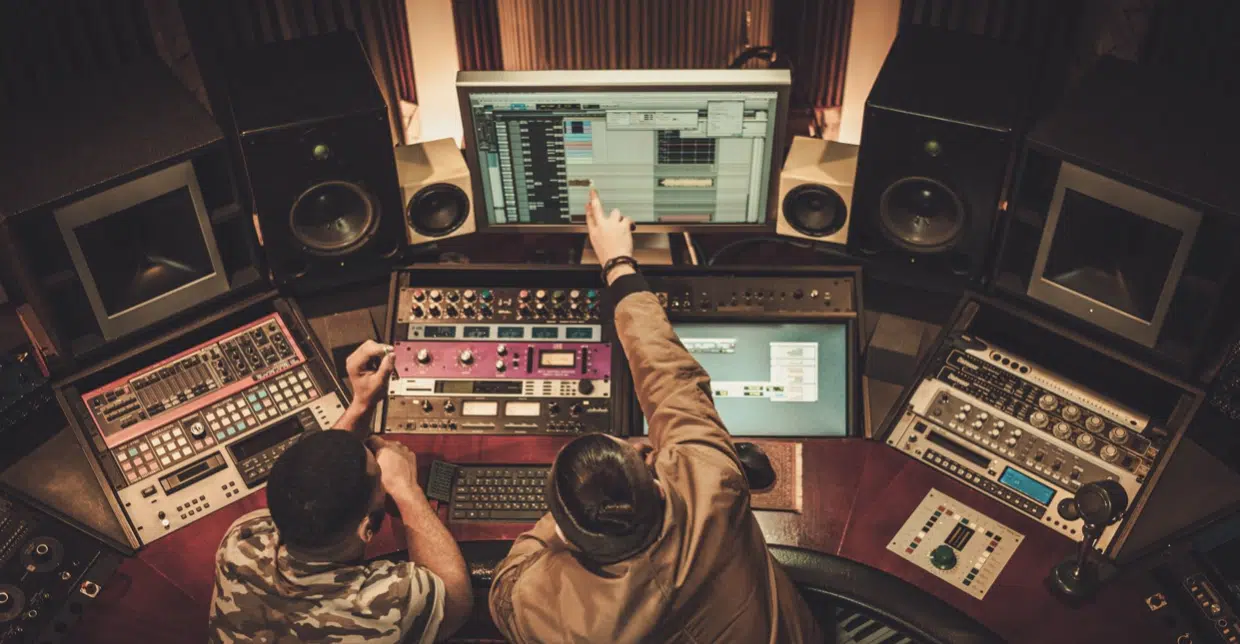
After establishing the basic balance and panning of your mix, fine-tuning individual tracks with EQ and compression can polish and define your sound.
Use EQ to enhance or reduce specific key frequencies that bring out the best in each instrument or vocal.
For example, a slight boost in the upper frequencies can add air and presence to vocals, making them more lifelike and enchanting.
Compression can then be used to control the dynamic range 一 ensuring that every element sits perfectly in the finished mix.
This stage is about refinement, adjusting each individual track until your mix sounds cohesive, balanced, and professional.
-
Tip 16: Take a Break & Come Back to It (For a Fresh Perspective)

One of the most valuable mixing tips is probably the most simple: take breaks and return with fresh ears.
Continuous listening can lead to ear fatigue, which makes it difficult to make objective decisions about your entire mix as a music producer.
Stepping away for a while (whether it’s a few hours or even a day) can provide a fresh perspective, allowing you to hear things you might have missed before.
It helps with mastering the mixing process in a major way.
When you come back, you may notice balance issues, a whole lot of frequency clashes, or effects that are too prominent.
This break can also help you judge the overall feel of your finished mix as producers more effectively, ensuring it meets your unique vision.
It’s a simple but powerful step in the mixing process that can lead to show-stopping improvements in your final track.
All top producers in the game will tell you the same 一 taking breaks is key!
Keep in mind that mixing is not just about technical precision, but rather creating a high-end sonic experience that is full of emotion and intrigue.
A fresh perspective can often be the key to achieving that goal, boosting your songs professional, captivating qualities.
Mixing Tips: Final Thoughts
Mixing is one of the most transformative stages in music production.
It can make your tracks shine with clarity and punch, captivating your audience with an immersive sound that most people mess up on some level.
A good mix can separate you from the competition and help you find that signature quality that is professional and uniquely yours.
By using the mixing tips we covered today, you’ll be able to balance your tracks, carve out space for each element, and add depth and dimension like a professional.
I know, I know; reading something and hearing/seeing something are two different things…
That’s where these 3 invaluable Free Project Files come into play.
With them, you can hear/analyze firsthand how to apply essential mixing tips such as EQing for clarity, compression for punch, and using reverb and delay for spatial depth.
They offer an unparalleled glimpse into professional-quality mixing (from the world’s best producers and sound designers).
Whether you’re mixing your next hit or polishing an old gem, remember that the right mix can bring your music to life 一 making every listen a memorable experience.
So, make sure to really spend time practicing and perfecting these mixing tips in order to get your tracks clean and polished.
It seriously makes the difference between a sloppy mix and one that people truly remember.
Until next time…







Leave a Reply
You must belogged in to post a comment.